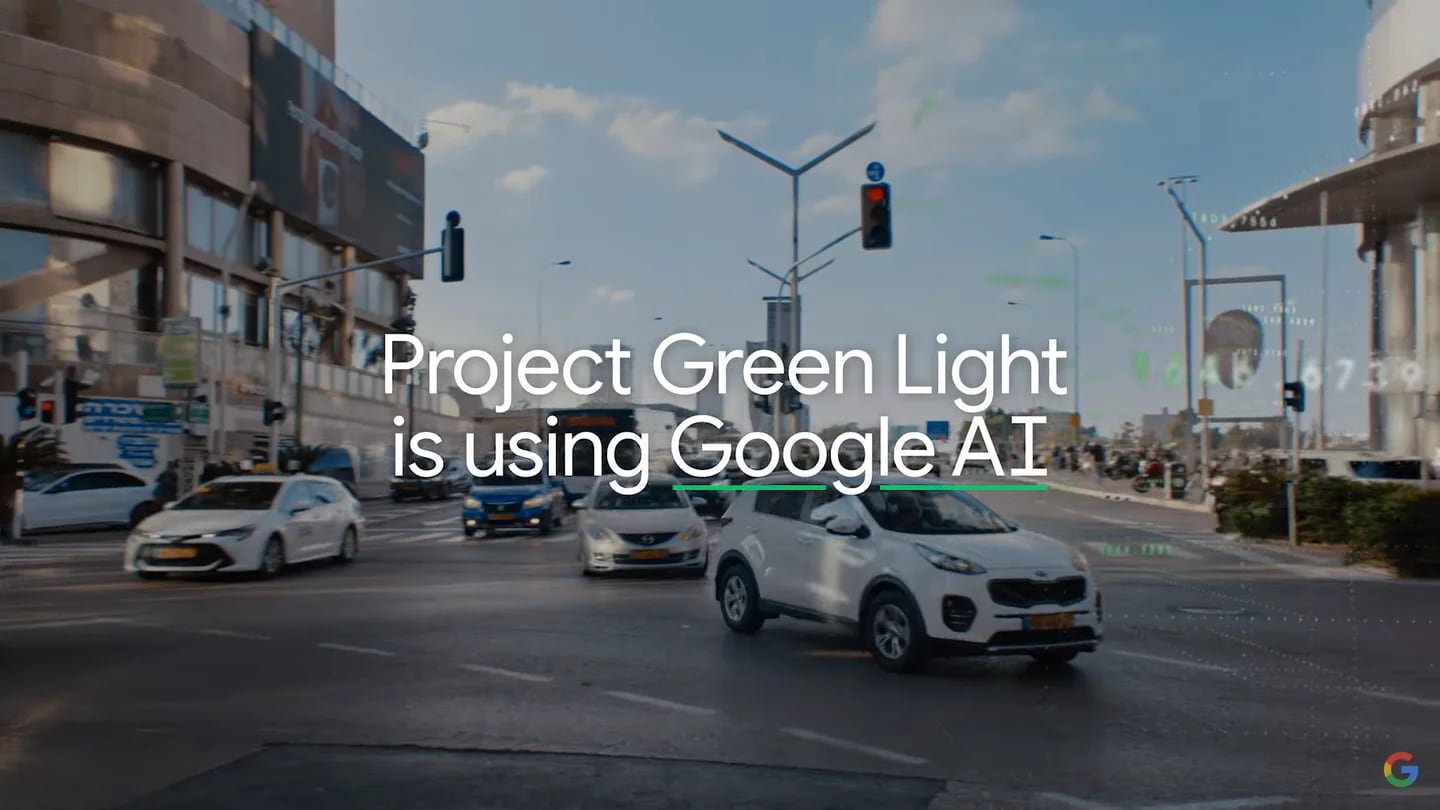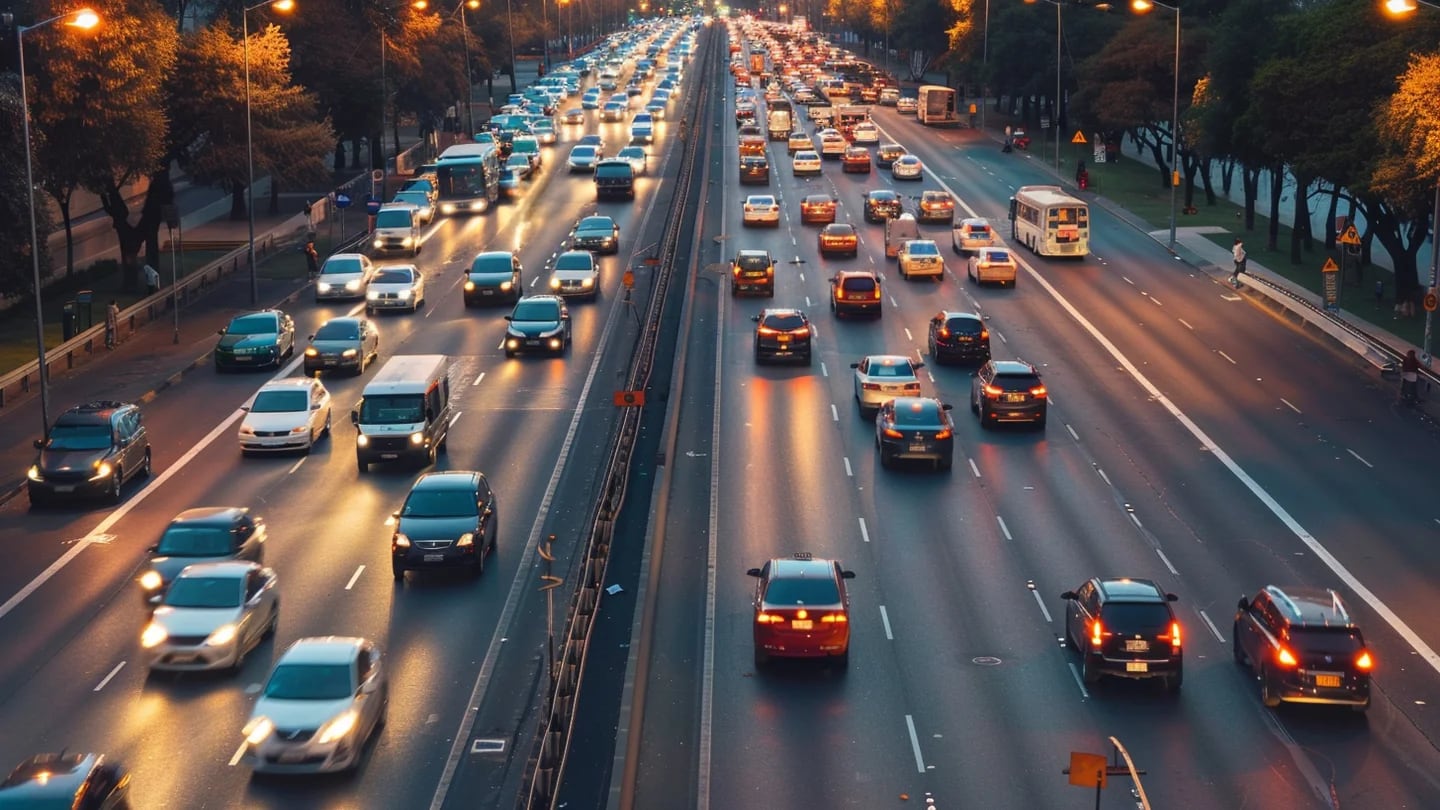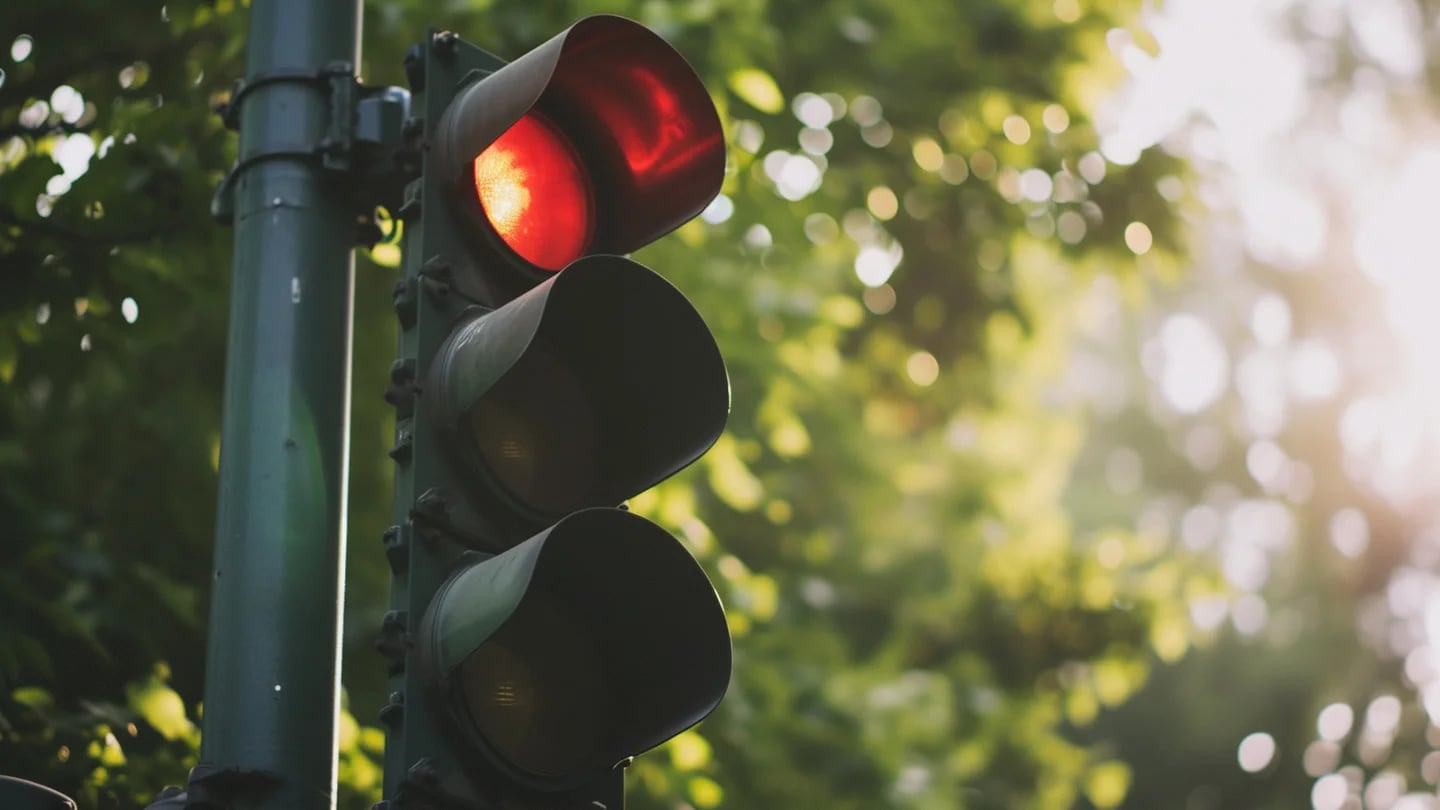- The UAE’s crazy new plan. Turning the desert into a real forest
- The longest composite submarine tunnel in the world is in Europe and is a real engineering genius
- Japan is preparing a revolution in transport on a massive scale. Their convoy promises to change the landscape forever and wipe out thousands of trucks
Traffic at intersections is a major source of pollution. Pollution at these points can be up to 29 times greater than on open roads, and much of it comes from vehicles speeding after stopping.
This is where Google comes in with its Green Light project, which uses artificial intelligence and Google Maps to improve the synchronization of traffic lights.
This innovative system is already being implemented at 70 intersections in 12 cities around the world, from Haifa to Bangalore to Hamburg, with promising results in reducing greenhouse gas emissions.

What problem does Google want to attack?
Greenhouse gases (GHGs) are those that trap heat in the atmosphere, contributing to global warming. The main GHGs include carbon dioxide (CO2), methane (CH4), nitrous oxide (N2O) and fluorinated gases.
Cars and trucks that run on fossil fuels emit CO2 and other GHGs. The longer vehicles spend moving, especially idling or idling, the more gases they emit. Idling is the state in which the engine is running but the vehicle is not moving, such as when waiting at a traffic light or in a traffic jam.
By improving traffic flow and reducing waiting time at traffic lights, the amount of GHG released into the environment is reduced.

How Google’s AI reduces greenhouse gases
Google has developed a project to help reduce greenhouse gas emissions in cities by optimizing the operation of traffic lights. Here’s a simple explanation of how this model works:
1. Understand the Intersection
Google uses detailed city maps to analyze how traffic lights work, including cycle times, transition time between lights, right-of-way order, and sensor operation.
2. Measure traffic trends
A model is created to understand traffic flow at intersections, vehicle start and stop patterns, average wait times, and coordination between nearby traffic lights.

3. Develop recommendations for the city: Using artificial intelligence, Google suggests adjustments to the synchronization of traffic lights. These recommendations are sent to the city’s traffic engineers, who review them and can implement them quickly.
4. Analyze the impact: After the adjustments, Google measures how many stops have been avoided, the impact on traffic and gas emissions. This analysis is shared with the city for follow-up and future adjustments if necessary.
This model seeks to facilitate vehicular flow, reduce waiting time at traffic lights and, consequently, reduce greenhouse gas emissions.
How to make Google improve traffic in my city

If there is a user interested in bringing the Green Light project to their city, they just have to enter Google Research, search for “Green Light” and fill out a form. It is important that whoever completes it is a city representative or traffic engineer.
This project has been implemented in several cities such as Rio de Janeiro (Brazil), Bangalore (India), Budapest (Hungary), Manchester (England), Jakarta (Indonesia), Seattle (United States), among others.
“Green Light reflects Google Research’s commitment to using AI to address climate change and improve millions of lives in cities around the world,” says the technology company.
“Both the Green Light and Transport for Greater Manchester teams brought expertise and ideas to improve travel and reduce emissions,” said David Atkin, Transport Office Analytics and Reporting Manager for Greater Manchester, England.

Comments